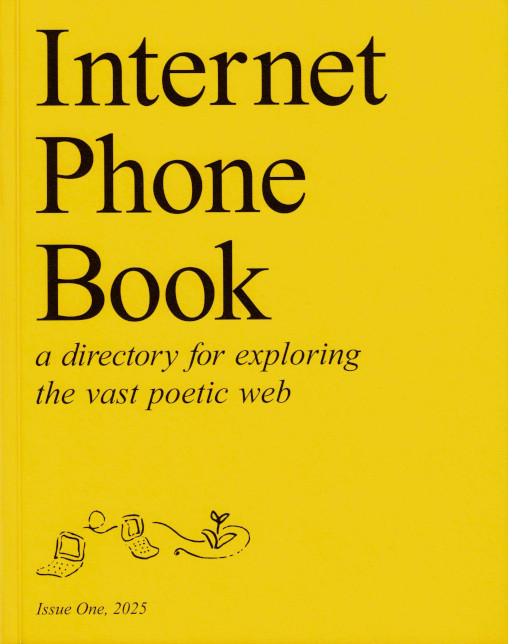The code for this zine is available for free on GitHub, distributed as a single HTML file.
Think of it as a template you can use to create your own zine, comic, recipe book, manifesto, photo album, album review, dream journal or... whatever.
With just a few lines of code, you can transform a webpage into a perfectly formatted zine, book, or poster.
Press ⌘+P on your keyboard, and this page will adapt for printing, rotating and scaling to fit a single sheet of letter paper.
Note: this trick won't work if you're reading the print edition.
From screen to page, HTML bridges the digital and physical worlds.
As the website https://html.energy puts it, "HTML isn’t a vast language, yet you can do a lot with it."
HTML is built using nested tags, which define elements like headings, paragraphs, and images.
You can think of these tags as the moveable type of the Internet:
<html>
<body>
<h1>My Webpage</h1>
<p>Yadda yadda..</p>
<img src="me.jpg">
</body>
</html>

I recently picked up Kristoffer Tjalve and Elliot Cost's
Internet Phone Book, a collection of personal websites, built by hand, by people from around the world.
I was surprised to learn that the book itself had been written in HTML (HyperText Markup Language),
the language that every website on the Internet uses to structure its content.
In 1040 AD, Chinese inventor Bi Sheng carved individual characters into clay pieces,
creating the world's first movable type printing system.
Four centuries later, Johannes Gutenberg developed his own movable type system using metal
letters and a mechanical press, revolutionizing European society and spreading
literacy across the Western world. Though inkjet and laser printers now sit in homes around the world, few use them to become publishers themselves.

